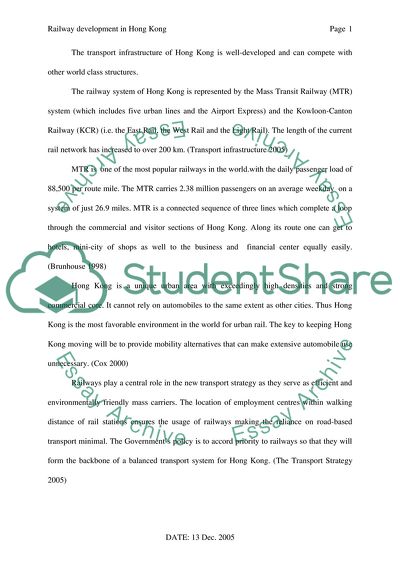Cite this document
(“Railway Development in Hong Kong Essay Example | Topics and Well Written Essays - 1500 words”, n.d.)
Retrieved from https://studentshare.org/engineering-and-construction/1535628-railway-development-in-hong-kong
Retrieved from https://studentshare.org/engineering-and-construction/1535628-railway-development-in-hong-kong
(Railway Development in Hong Kong Essay Example | Topics and Well Written Essays - 1500 Words)
https://studentshare.org/engineering-and-construction/1535628-railway-development-in-hong-kong.
https://studentshare.org/engineering-and-construction/1535628-railway-development-in-hong-kong.
“Railway Development in Hong Kong Essay Example | Topics and Well Written Essays - 1500 Words”, n.d. https://studentshare.org/engineering-and-construction/1535628-railway-development-in-hong-kong.


